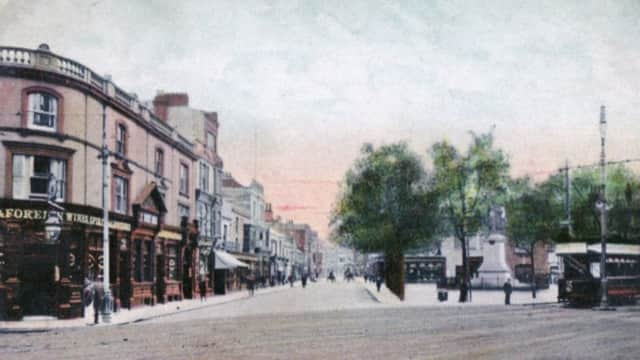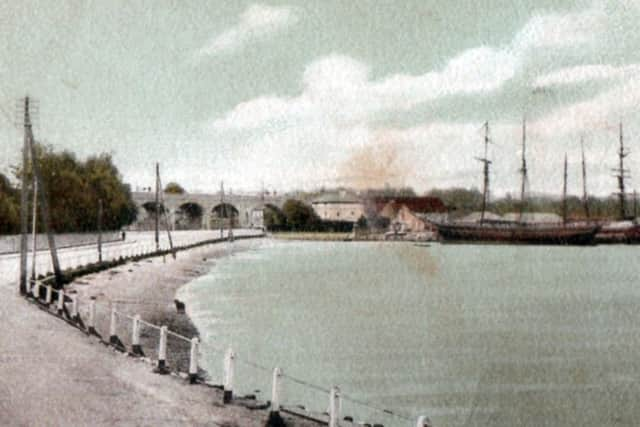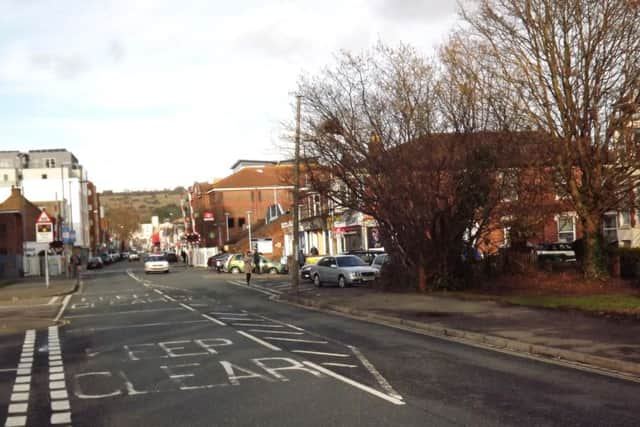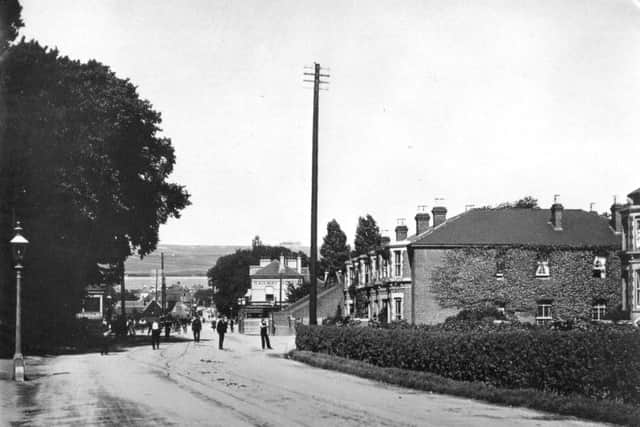A springtime scene from days before blitz ravaged Portsmouth


And one that is much missed by those who remember it.
The picture, above, is of course a view along Russell Street from Guildhall Square, Portsmouth.
To the left is the Sussex Hotel. In the triangle is the statue of Queen Victoria who had not long left us when this photograph was taken.
Advertisement
Hide AdAdvertisement
Hide Ad

The postcard is hand tinted with the leaves on the trees making it look like spring.
Although this scene was vastly altered by the blitz on the city during the Second World War, many have said that more damage was done after the war when successive councils gave permission for this part of Portsmouth to be demolished.
• The postcard comes from the collection of Jim Milburn who has loaned me many postcard scenes and photographs taken by his grandfather, Monty Theobald.
Monty was a photographer who worked along Southsea seafront in the 1930s.
Advertisement
Hide AdAdvertisement
Hide Ad

In this marvellous view alongside Gosport Road out of Fareham we are looking north with the railway viaduct passing over Fareham Creek just as it does today.
The thousands of bricks used to build the viaduct were possibly made in the Fareham district which was famous for the product in Victorian times.
The two vessels moored at the quay could have had multiple uses.
Nearer to the camera is a three-masted topsail schooner with her bow facing landward.
Advertisement
Hide AdAdvertisement
Hide Ad

Behind her with her bow pointing out to the sea, is a two-masted brigantine.
Perhaps there is an older reader who can recall seeing vessels such as these alongside the quay?
The scene is vastly different today.
Non-stop traffic passes between Fareham and Gosport, far altered from these days of 1910.


• In a few months my new book on Portsmouth past and present will be published by Halsgrove.
Advertisement
Hide AdAdvertisement
Hide AdIt comprises scenes from the late 1960s, early 1970s and now, plus a few from days way past.
Below left, we are looking north along Portsmouth Road, Cosham, towards the railway gates. In the distance can be seen The George Inn pub sitting on the brow of Portsdown Hill.
Although most of what we can see on the left has long gone, the terrace of houses on the right, the ground floors now converted to shops, remain to this day.
The pedestrians walking in Portsmouth Road would have had little chance of survival in today’s heavy traffic... unless the barriers were down.